Join us for conversations that inspire, recognize, and encourage innovation and best practices in the education profession.
Available on Apple Podcasts, Spotify, Google Podcasts, and more.

Heian was the center of medieval Japan.
© 2010 Map Resources, All rights reserved.
Japan floats on the Pacific Ocean like a feather, isolated by water from cultures to the West and separated by an ocean from cultures to the east. In this relative solitude, Japan developed a civilization that borrowed from China to create something new. The old capital of Heian is where Murasaki Shikibu lived and set her novel, The Tale of Genji, a testament to an ideal society and ideal way of life that was mostly imaginary, but distinctly Japanese.
This timeline shows both the history of the society of The Tale of Genji and its history of translation.
The Heian Period begins in Japan; a time of peace and flourishing cultural activity.
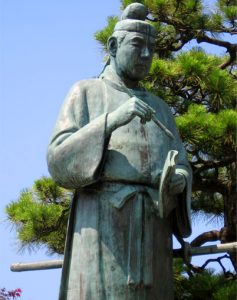
Completion of the first collection of Japanese poetry, The Manyoshu or “Ten Thousand Leaves Collection”.
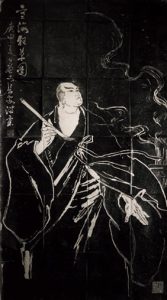
A monk named Ennin travels to China and on his return introduces Tendai Buddhism to Japan.
Genshin founds Pure Land Buddhism in Japan.
Murasaki Shikibu is born.
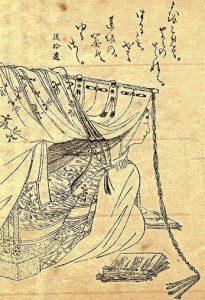
Sei Shonagon completes The Pillow Book, another great literary work by a Heian woman, a vivid diary of life at court.
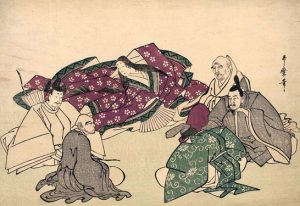
Approximate timespan during which Murasaki writes The Tale of Genji.
Approximate date of Murasaki’s death.
The Heian period ends.
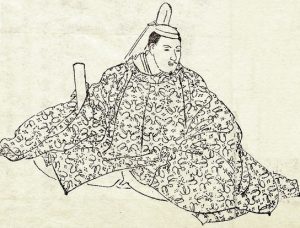
Fujiwara no Teika finishes a complete copy of The Tale of Genji in order to establish a standard version after years of inaccurate copies.
Suematsu Kencho translates a few chapters of the novel into English for the first time.
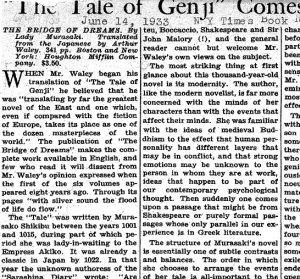
Arthur Waley, translator of Journey to the West (Monkey), completes an English translation.
Later French, Swedish, Dutch, German, Italian and Hungarian translations of the novel were based on Waley’s version.
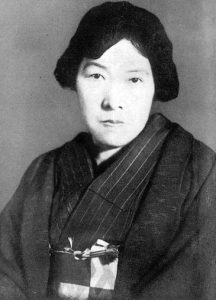
Akiko Yosano translates the novel into modern Japanese; two more translations, by Junichiro Tanizaki and Fumiko Enchi, follow in the 20th century.